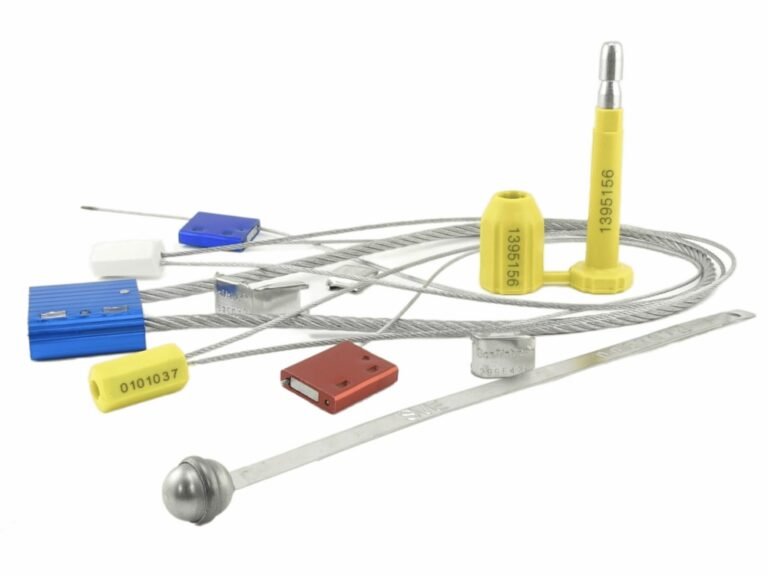Think that new high-security bolt seal makes your cargo invincible? This dangerous assumption overlooks the real way professional thieves operate, potentially costing your company millions in losses and insurance nightmares.
A high-security bolt seal is only a trucker's best friend when its manufacturer's security processes are as strong as the seal itself. The real defense isn't just physical strength, but the guaranteed uniqueness of its serial number, which prevents sophisticated swap-out attacks.
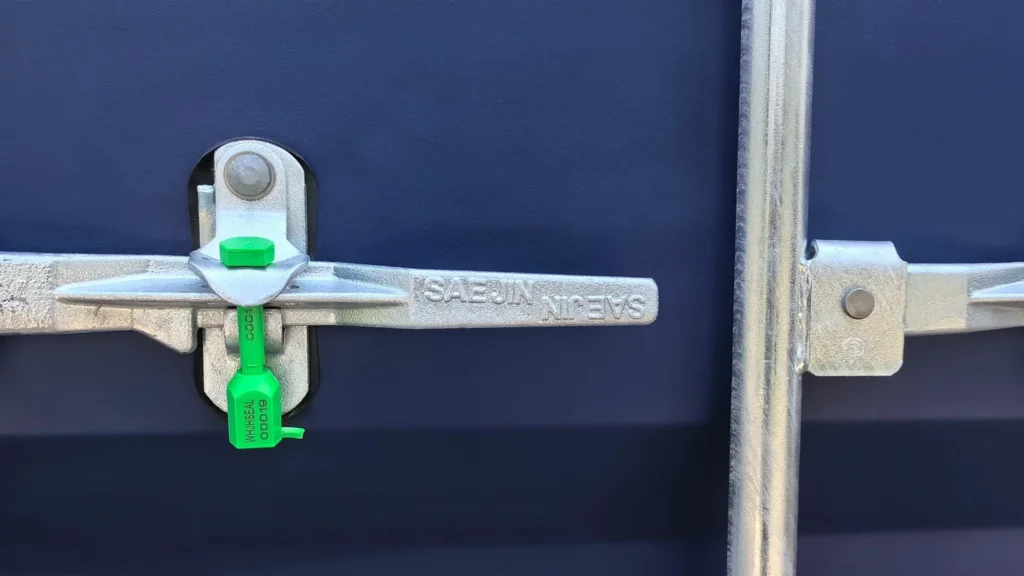
The latest data shows that the threat of cargo theft is not just persistent; it's escalating at an alarming rate. A recent Q2 2025 report from the risk management firm Overhaul is a massive wake-up call for every shipper. It recorded 525 cargo thefts in the U.S., a staggering 33% jump from the previous year.
For me, this isn't just a statistic; it's proof of a fundamental shift in criminal tactics. With thieves laser-focused on electronics and food & beverage—the two most-hit categories—they aren't just breaking locks anymore. In hotspots like the Southern California "red zone," they are exploiting systemic weaknesses. This is where the high-security bolt seal moves from being a simple deterrent to being the central point of your entire defense strategy.
Understanding the Threat: Common Tactics Used in Cargo Theft?
Are you preparing your security plan for thieves with bolt cutters? By focusing only on brute force, you are leaving your most valuable cargo wide open to the silent, more devastating professional attacks.
While brute force is common, the most dangerous cargo theft tactic is seal substitution. Professionals acquire or create a duplicate seal with an identical serial number, replace the original, and steal the goods. The crime isn't discovered until the container reaches its destination, days or weeks later.
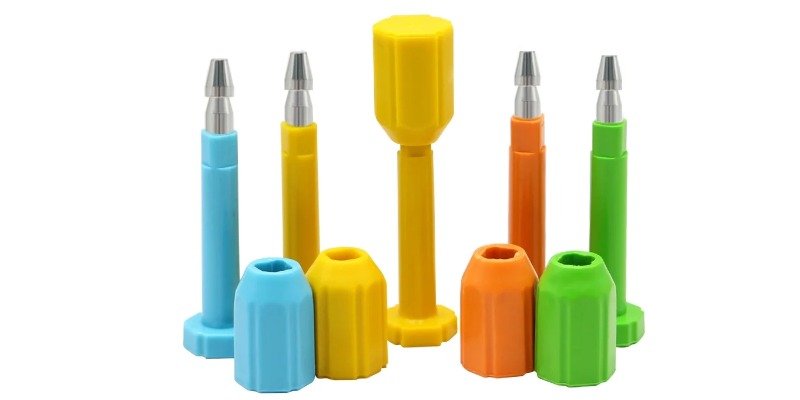
The Eli Lilly case is a perfect illustration of a strategic, not just a forceful, attack. My twenty years in this industry have taught me a critical lesson: a professional thief's most desired tool isn't a 40-inch bolt cutter; it's a "twin brother" to your security seal. Their goal isn't to break the lock; it's to replace it. This expert-level tactic shifts the point of failure from your truck door all the way back to the seal manufacturing plant. If a factory has sloppy serial number controls or leaks scrap seals into a gray market, they are essentially handing thieves the keys to your cargo.
The Anatomy of Defense: How Do Bolt Seals Defeat Brute Force and Tampering?
Think all steel bolt seals are the same? This lack of scrutiny can lead you to choose a seal that looks tough but lacks the critical design features that prevent sophisticated tampering.
A high-security bolt seal defeats brute force with a hardened steel pin and a thick steel barrel covered in impact-resistant ABS plastic. More importantly, it defeats tampering with an anti-spin locking mechanism and a unique, laser-engraved serial number that cannot be easily erased or duplicated.
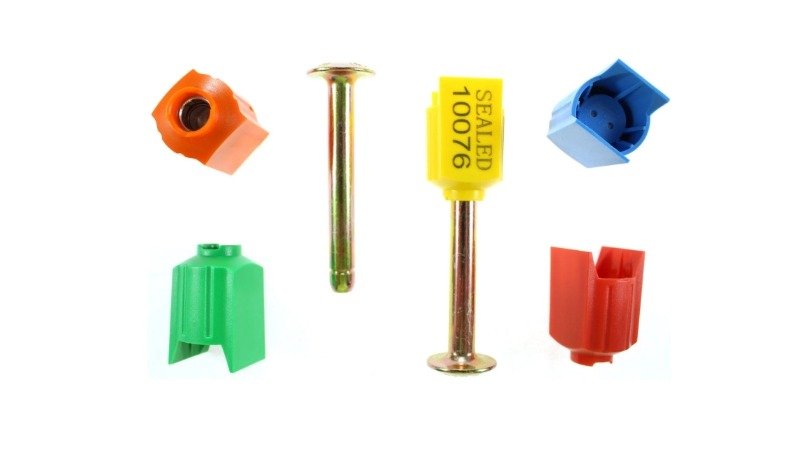
The physical strength of a bolt seal is its most obvious defense. It’s designed to withstand significant pulling force (tensile strength) and cutting force (shear strength). However, this only stops amateurs. The real defense against a professional is in the details you can't see. For example, the anti-spin feature prevents a thief from spinning the pin at high speed with a drill to generate enough friction and heat to defeat the locking mechanism. But the ultimate defense is the integrity of the serial number. That number is a unique data point in your chain of custody. If a thief can get a duplicate seal, the physical defenses become irrelevant.
What Makes a Bolt Seal Truly "High-Security"? A Look at the ISO 17712 Standard?
Does seeing "high-security" in a product description give you peace of mind? Without understanding the standard behind the term, you're trusting marketing hype instead of verifiable facts, a rookie mistake.
A bolt seal is only designated "High-Security" if it meets the ISO 17712 standard, specifically achieving an "H" classification. This certification requires passing rigorous third-party tests for physical strength and having its manufacturer's security-related practices audited (known as Annex A).
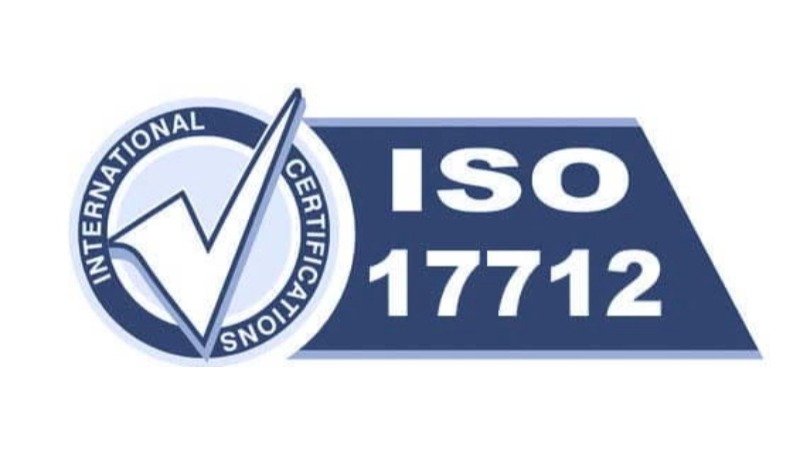
In my view, ISO 17712 compliance is simply the entry ticket. It's the baseline, the absolute minimum you should accept. The real conversation begins after you've confirmed compliance. The standard's Annex A is crucial because it audits the manufacturer's internal processes. Are they securely managing serial numbers? Do they have strict controls to prevent duplicates? How do they destroy defective or overrun products? I've seen factories where scrap seals are just tossed in an open bin. To a professional thief, that bin is a gold mine. This is why I tell my clients that choosing a high-security seal is actually a background check on the supplier. You aren't buying a product; you're buying into their entire security system.
Beyond the Lock: Best Practices for Applying and Inspecting Bolt Seals?
Is your team just "slapping on the seal and going"? A perfect seal applied with a poor process is a security failure waiting to happen, rendering your investment completely useless.
The best practice for seals is the VVTT process: View the seal for integrity, Verify the number against the manifest, Tug firmly on the seal, and Twist/Turn to ensure it doesn't spin. This process must be documented with photos at both origin and destination.
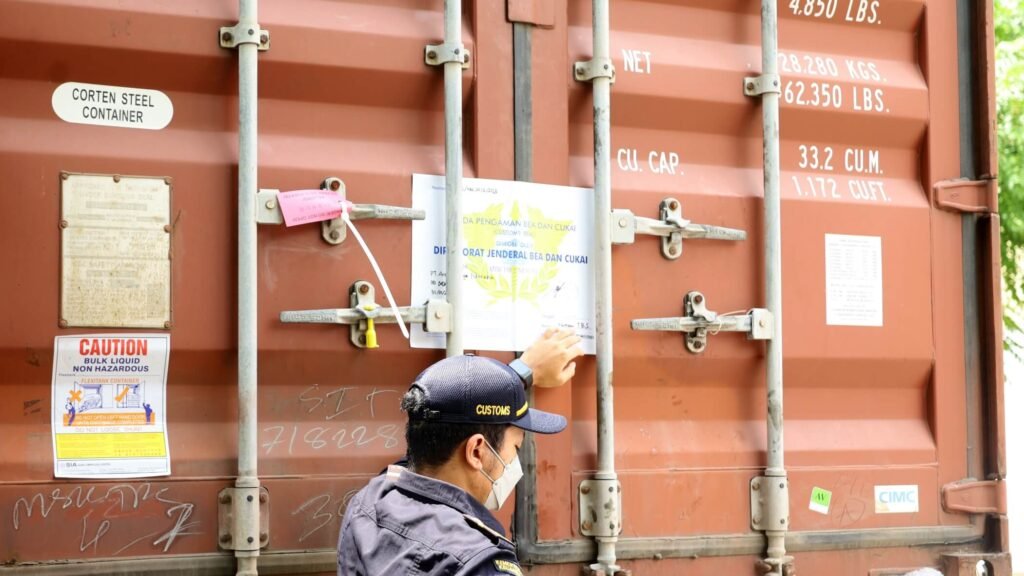
A robust process creates a data trail that's hard to falsify. Imagine the thieves in the Eli Lilly heist had been met with a rigorous seal protocol. If the driver and receiver were required to photograph the seal and its number upon arrival, a swapped "twin" seal might have been detected sooner. The key is to make the seal part of your active supply chain security protocol. It’s not a passive lock. My team and I always stress this: the seal number on the shipping manifest isn't just for reference; it's a critical security checkpoint. Every person who interacts with that sealed container must verify that number. This discipline turns every employee into a security agent.
More Than Security: The Business Benefits of a Zero-Compromise Sealing Policy?
Do you see your security seal budget as just another operational cost? This mindset misses the huge financial and reputational benefits that come from treating seal security as a core business strategy.
A zero-compromise sealing policy directly reduces the risk of catastrophic cargo loss, lowers insurance premiums, builds trust with high-value clients, and strengthens your position for programs like C-TPAT, which can expedite customs clearance.
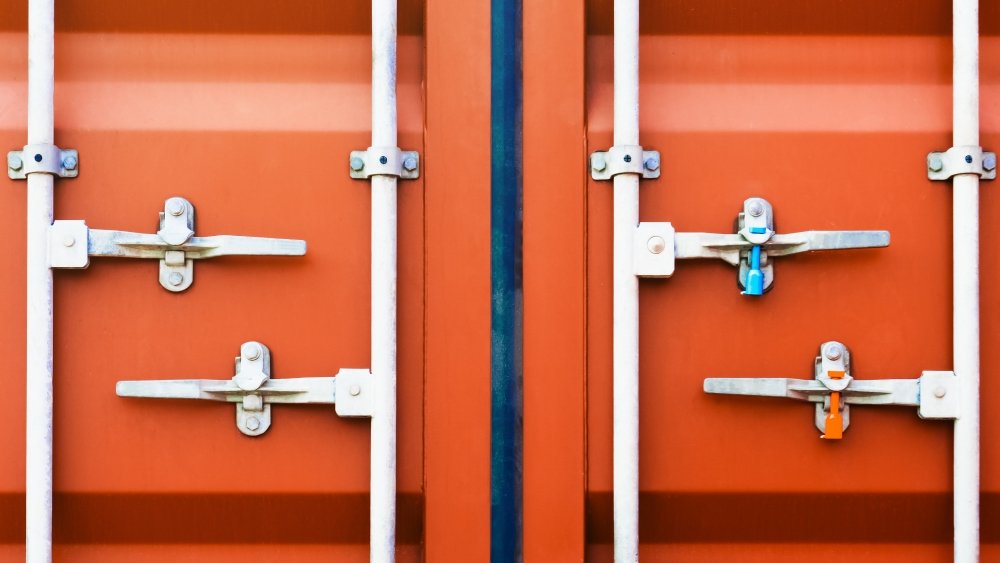
I once worked with a freight forwarder who was consistently losing bids for transporting high-end electronics. We analyzed his process and found his company was using generic, uncertified seals from a questionable supplier. We switched them to a fully ISO 17712-compliant bolt seal from a manufacturer with provably strict internal controls. He didn't just win the next bid; he made his new, robust sealing protocol the centerpiece of his sales pitch. He was no longer selling just transportation; he was selling certified, end-to-end security. His closing rate on high-value contracts increased by 30% within a year. This is the ultimate benefit: turning a security measure into a powerful competitive advantage.
Conclusion
Preventing cargo theft goes beyond a strong lock. It requires a high-security bolt seal from a manufacturer with impeccable internal controls and a rigorously enforced inspection process. Trust the system, not just the seal.
Get a Seal Backed by a Secure System from ProtegoSeal
To protect your cargo from both brute force and sophisticated attacks, ProtegoSeal offers ISO 17712 "H" Class bolt seals manufactured under the strictest serial number and process controls in the industry. We don't just sell seals; we provide a verifiable link in your chain of custody. Contact me for a consultation on our manufacturing security protocols or to request a sample.

